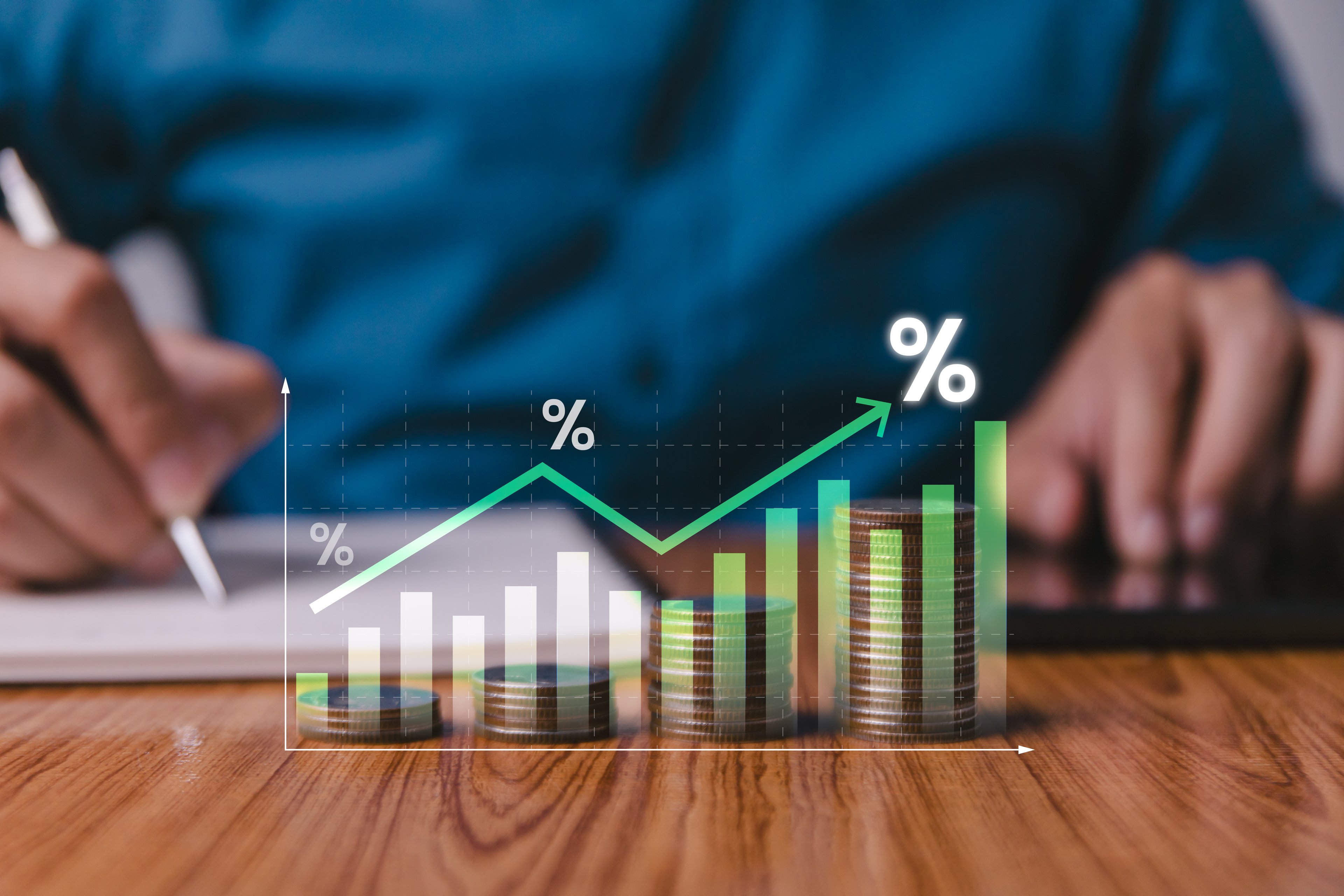It seems nothing can stop Facebook (FB +1.15%) from growing its ad revenue.
Despite warnings from CFO Dave Wehner that the core news feed product is facing advertising saturation and a major overhaul to news feed that Mark Zuckerberg said will decrease engagement, advertisers still want to spend more money on Facebook.
The average price per ad impression on Facebook spiked in the first two months of 2018, according to data from one of Facebook's advertising partners, AdStage, reported by Recode. That's been the trend the last two quarters as well, when ad impressions grew just 10% and 4%, but ad prices rose 35% and 43% in the third and fourth quarters, respectively.
AdStage's data says ad impressions declined 3% in January and increased 18% in February, while ad prices increased 122% in January and 77% in February. It's important to note that AdStage is just one of many Facebook ad partners and its advertising data historically shows higher numbers for both ad impression growth and ad price growth. Still, the trend is undeniable.

Image source: Facebook
Advertisers can't get enough of Facebook
Facebook offers a few big advantages over smaller competitors such as Twitter (TWTR +0.00%) and Snap (SNAP +2.41%). For one, it's absolutely massive. With over 2 billion monthly users and 1.4 billion daily users, there's no platform that offers the same reach as Facebook.
But on top of that, Facebook collects an incredible amount of data on its users, which means it's capable of targeting advertisements better than Twitter or Snap. That targeting results in significantly higher conversion rates for advertisers.
Facebook ads convert to a sale (or other desired behavior) 4.7% of the time, according to data from Heap Analytics. Instagram, which often uses the same targeting data as Facebook, converts 3.1% of the time. By comparison, Twitter and Snapchat convert just 0.9% and 0.6% of the time, respectively.
Facebook's news feed ads offer significantly higher value compared to Twitter and Snap ads. As a result, they deserve a price premium. For the past few years, however, Facebook has grown its advertising revenue largely through increases in ad impressions. That kept ad prices artificially low and attracted more advertisers to the platform.
With millions of advertisers now on the platform competing for what's become limited ad space, Facebook is starting to see ad prices explode.
How long can the trend last?
Facebook is working hard to expand its advertising inventory in other products -- the Instagram feed, Stories and WhatsApp status, Facebook Watch, Messenger Ads, and so on -- but the vast majority of its ad revenue still comes from news feed. As such, Facebook needs to keep increasing ad prices until the next phase of ad impression growth comes from one (or more) of those sources.
To that end, Facebook is focused on the same thing as its competitors -- driving return on investment (ROI) for its advertisers. While Facebook ads might convert better than Twitter and Snap ads, the price is also climbing higher. As such, each conversion is getting more expensive. By comparison both Twitter and Snap are seeing their ad prices decline, per their reported metrics, which means their ROIs are probably improving while Facebook's may be getting worse.
But the gap between Facebook and the rest of the competition is huge. U.S. advertisers overwhelmingly see better ROI from Facebook than any other social platform, according to a survey from Cowen and Company in January.
And it's not as if Facebook is standing still. It's continually making ad improvements to improve ROI for its advertisers.
As ad prices continue to soar, ROI will fall, and at some point in the future, ROI on Facebook ads may come into equilibrium with its competitors. That point still seems a long way away, however, based on the data from AdStage. And even then Facebook will still have the advantage of incomparable reach.






